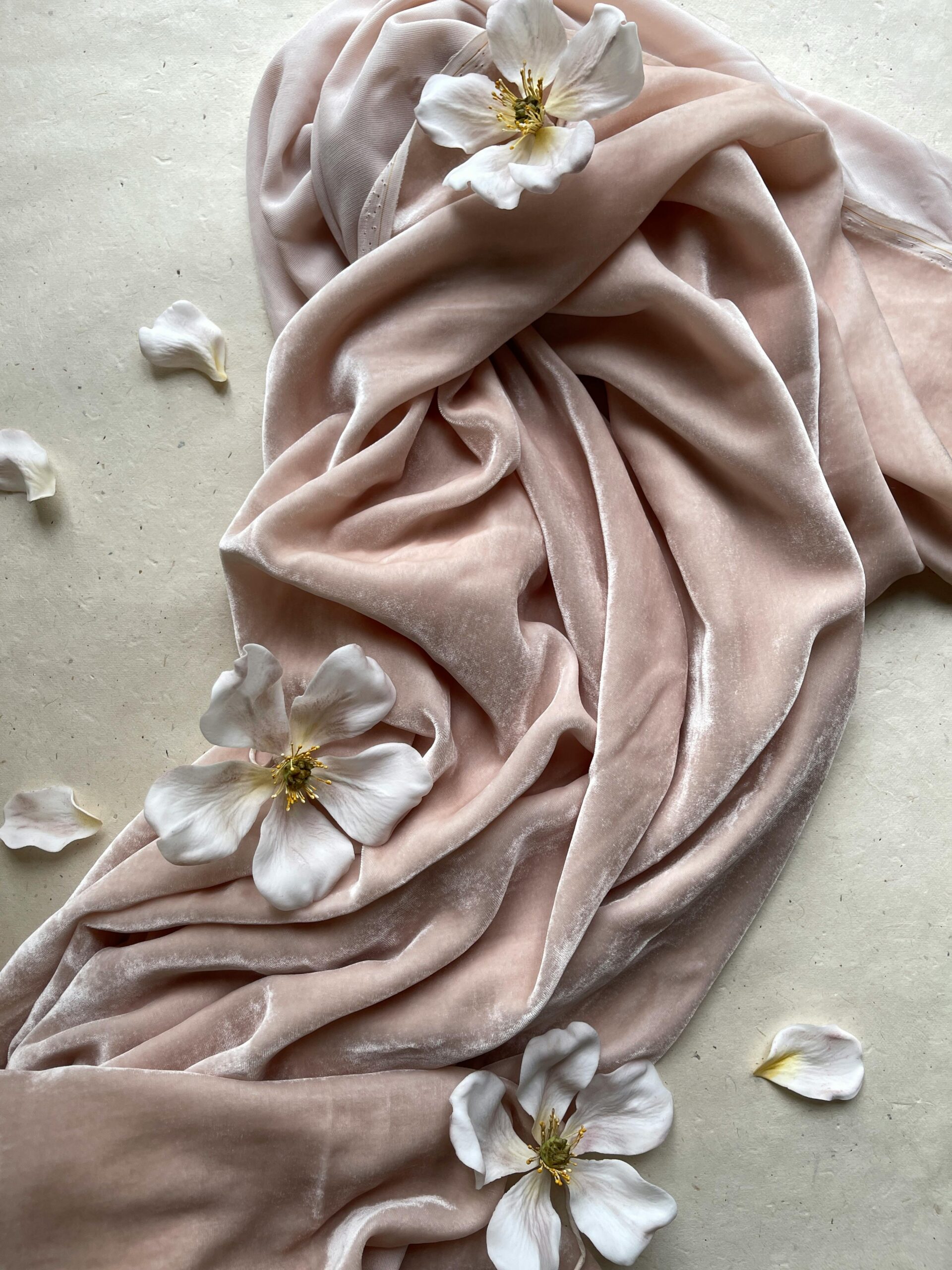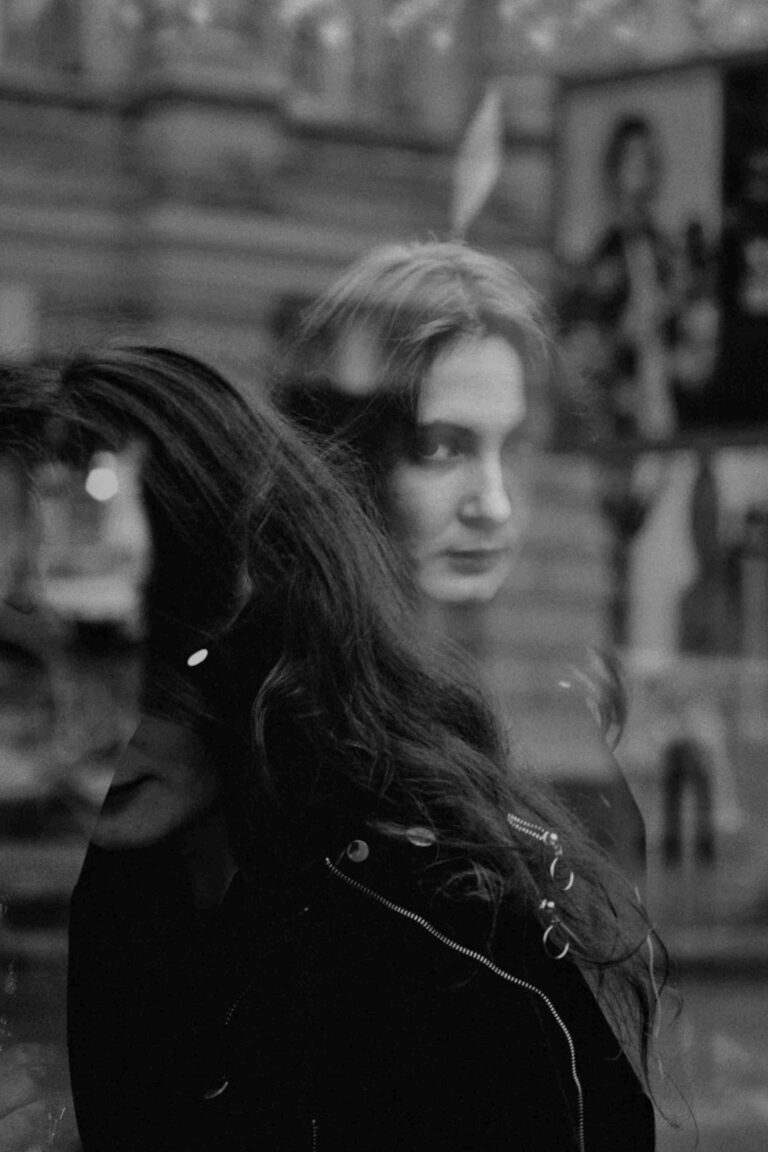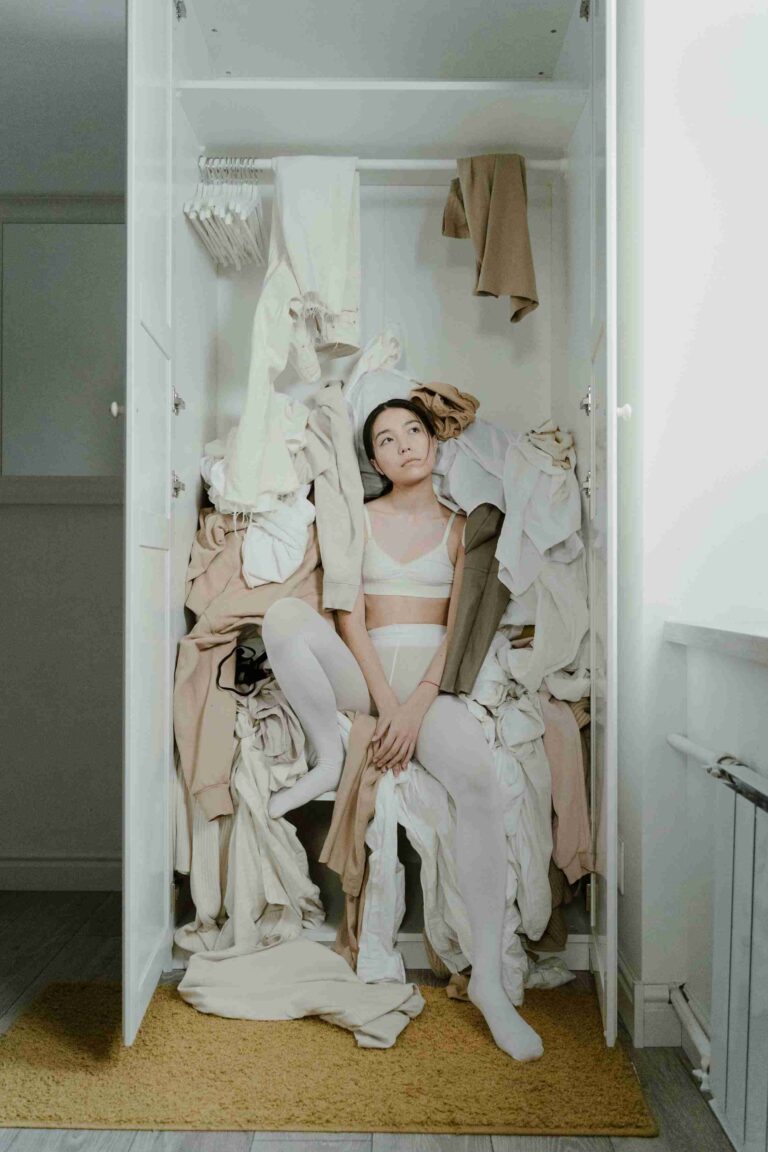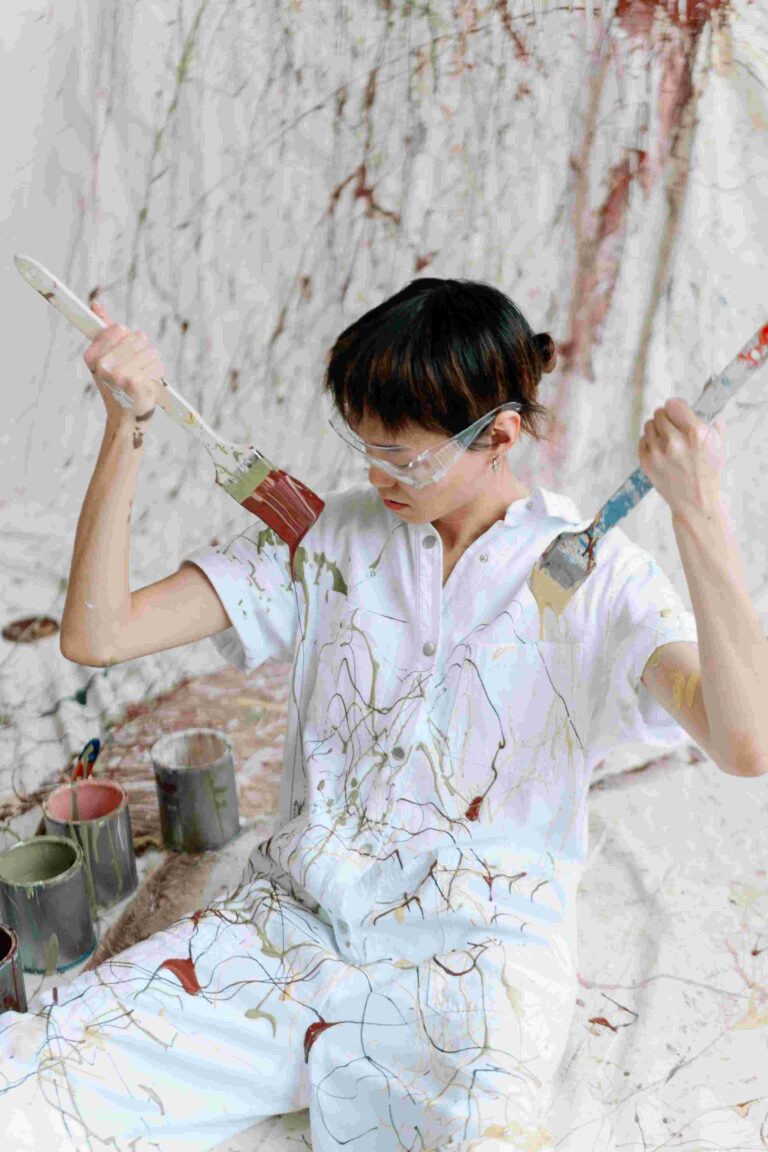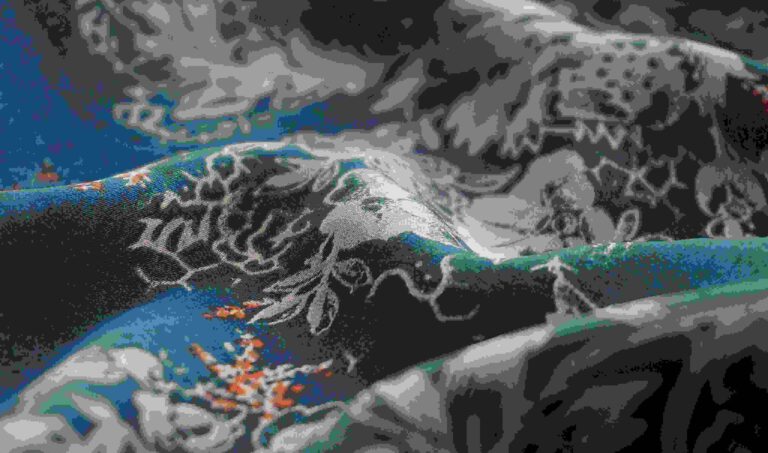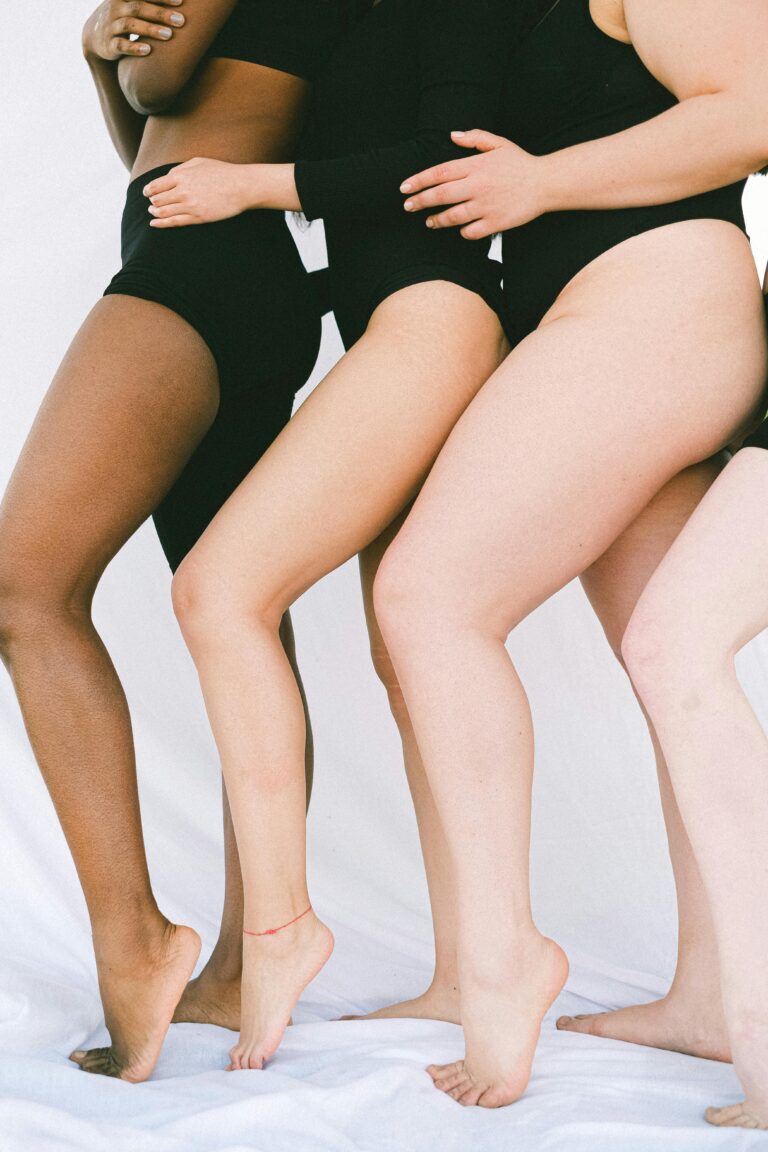What Is Fashion Psychology, Really? (And Why It’s More Than What You Wear)
Have you ever put on an outfit that should be perfect, it fits, it’s in style, but… something just feels off?
That feeling is not a failure of the clothes; it is a sign from your inner self. This happens when there is a conflict between who you are and the story your clothes are telling. Perhaps the outfit belongs to a version of you that you’ve already outgrown, or to a fantasy you wish you were but haven’t yet become. When we try to project an image that isn’t true to our core, no matter how beautiful the clothes are, we will feel the dissonance.
At Fashion Interlude, we believe this feeling is not frivolous. It is the very heart of our work. It’s the psychological intersection where emotion becomes image, and the study of that space, that bridge between who you are and what you wear, is the true essence of fashion psychology. And while it may sound complex, it is a legitimate field of study offering terminology and tools for what we’ve long felt but lacked words to articulate.
More Than a “Feeling”: Grounding Our Work in Reality
When people hear “fashion psychology,” they might feel it’s trivial. So let’s be clear: this is a legitimate interdisciplinary field. From a psychological perspective, it is the study of how our clothing choices affect and reflect our perceptions, emotions, and behaviours. Pioneers like clinical psychologist Dr. Jennifer Baumgartner, Professor Karen Pine, and Fashion Psychologist Dawnn Karen, whose work on Fashion Psychology laid a crucial foundation, .have shown that clothing operates as a primary mode of embodied communication.
But for us at Fashion Interlude, this is more than a textbook definition. Fashion may not be everything, but it touches everything. It is a tool we can use to align our outer expression with our inner self. It is a way to discover what we love and what we don’t, to refine how we inhabit ourselves, outfit by outfit. So, how does this academic field actually show up in your daily life? It operates through two powerful, interconnected principles: how clothing mediates both self-perception and social interpretation.
The Two Core Principles: How It Actually Works
First, Your Clothes Talk to You.
This is a concept known as Enclothed Cognition. It means the clothes you wear don’t just send a message to others; they send a powerful message back to your own brain. Think about wearing a well-fitted, structured blazer when you feel unconfident before a presentation. Suddenly, your posture straightens. You feel that main character energy. The blazer didn’t create confidence it summoned what was already present.
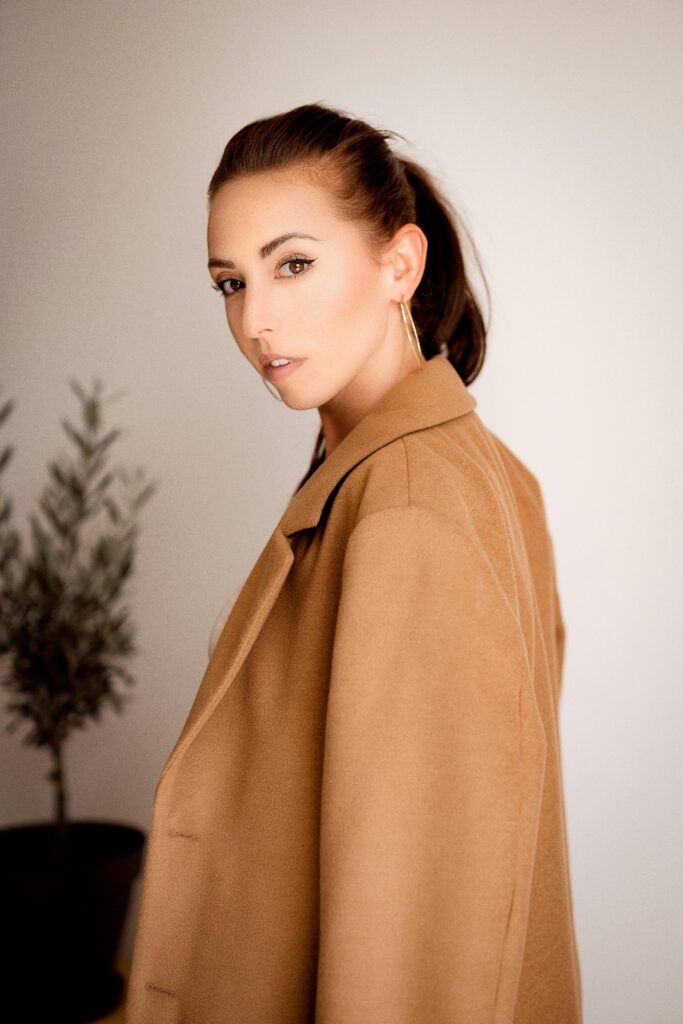
Second, Your Clothes Talk to the World.
This is about how our appearance creates a mental shortcut for others, often called The Halo Effect. This isn’t about dressing for others’ approval. It is about giving yourself the respect you deserve. When you dress with purpose and clarity, it helps you see your own life with fewer clouds. It signals your self-regard and quietly instructs others on how to engage with you. If you don’t believe you are precious, how can you expect someone else to see it? But these principles are more than just mental tricks. They are the invisible threads that stitch attire to memory, meaning, and self-construction.
The Deeper Layers: Your Wardrobe as Your Biography
Your closet is more than a collection of fabric; it’s an archive of your life.
I still have my old school uniform. It holds all the memories of a time when I was fun and careless. We hold onto these clothes because they are souvenirs of a self we may not want to lose. They are chapters of our story.
This is why clothing can also be a gentle tool for emotional support. On a day your heart feels cold, a comforting oversized sweater can feel like a warm, protective hug. It holds us. On days we need to feel strong, a sharp blazer can be our armour. We use clothing as scaffolding: for confidence, for comfort, and for the story we choose to project.
Your First Step
When you put it all together- the unspoken feelings, the academic principles, the personal memories, and the potential for healing, you arrive at the true F_INT definition.
So, what is fashion psychology? It is not about fleeting trends or having a closet full of pretty dresses.
At Fashion Interlude, we believe it is the art of making your outside a beautiful, honest reflection of who you are. In a world where we no longer own our movie cassettes or music albums, where Kindles replace physical books, our closets may be one of the last untouched domains of tangible, personal authorship. It can be our story.
Take a moment right now. Think about the outfit you are wearing. Does it stir a memory, provoke a feeling—or leave you numb? The answer to that question, the emotion behind what you chose today, is your first lesson in the psychology of style.
